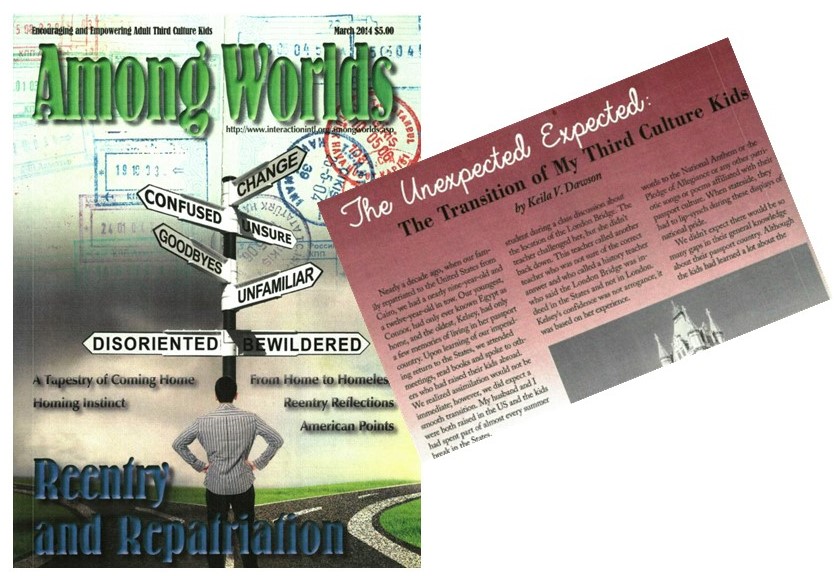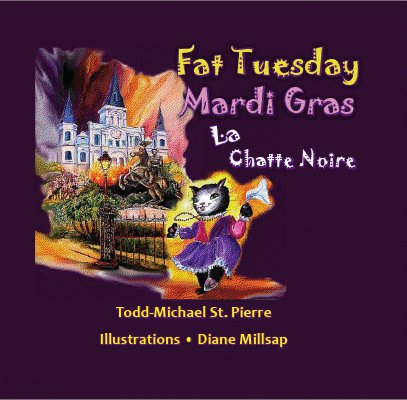Today, November 2, is All Souls Day. It is a day of prayer for the dead, particularly but not exclusively, our relatives. Whereas, yesterday, All Saints’ Day, the Catholic church asks followers to live as saints did, on All Souls’ Day we honor and ask for mercy for our ancestors and the souls departed from this world as we know it.
Yesterday, on All Saint’s Day, the family back home cleaned our family tombs in cemeteries around the city, some so old they were built when la Louisiane was still a colony. Today, on All Souls’ Day we honor our dead because we believe their souls and spirits live on even when the body dies. To us death is not creepy or scary, it’s a part of life. In a way, we keep our dead alive, the lines a little blurry. Our ancestors live on in those left behind in their families and communities. Those are our customs and traditions and in our culture, that’s the way we roll.
I lost two elders recently, a 5th cousin and my mother. Today they are in my thoughts and heart as are all the family departed I was fortunate to know in their lifetimes. As our family historian, I also honor our ancestors whose stories I have uncovered, buried in documents and dusty archives. Prayers up mama, love and miss you dearly. Tell everyone I said hello.
ECCLESIASTICUS 44TH CHAPTER, VERSES 1-10 AND VERSES 13-14.
Let us now sing the praises of famous men, our ancestors in their generations. The Lord apportioned to them great glory, his majesty from the beginning. There were those who ruled in their kingdoms, and made a name for themselves by their valor; those who gave counsel because they were intelligent; those who spoke in prophetic oracles; those who led the people by their counsels and by their knowledge of the people’s lore; they were wise in their words of instruction; those who composed musical tunes, or put verses in writing; rich men endowed with resources, living peacefully in their homes-all these were honored in their generations, and were the pride of their times. Some of them have left behind a name, so that others declare their praise. But of others there is no memory; they have perished as though they had never existed; they have become as though they had never been born, they and their children after them. But these also were godly men, whose righteous deeds have not been forgotten. Their offspring will continue forever, and their glory will never be blotted out. Their bodies are buried in peace, but their name lives on generation after generation.

















